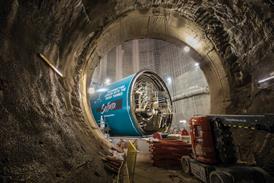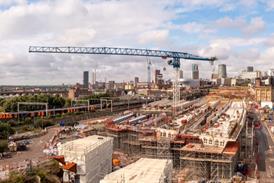Biodiversity offsetting may be controversial, but we can all do our bit to improve the environment and natural habitats

Biodiversity offsetting has hit the headlines recently as part of the UK government’s plan to encourage development, tackle the housing crisis and generally give the economy a sharp kick up the backside.
Some have welcomed this as a practical way of speeding up development by providing a market based solution to allow developments to be built and protect the environment at the same time. In simple terms, this means if you have to destroy habitats or transform ecologically valuable land in one place, it’s acceptable provided you compensate by creating it elsewhere.
Needless to say this has proved somewhat controversial with the eco-activist and NGO community. More than 140 environmental groups from around the world have signed a declaration opposed to biodiversity offsetting, as they see it as simply a licence to destroy valuable green spaces. In short many of them think that B.O. stinks.
There is also a distinct lack of trust that developers can or will achieve the aim of biodiversity offsetting which is to have no net loss of biodiversity, borne from experience around the world in similar projects.
Given this backlash it’s potentially risky for those who would be involved in offsetting projects, as their efforts may be seen as a way of green-washing products and services rather than as part of any meaningful programme to limit or reduce environmental impact.
Part of the difficulty is in measuring biodiversity. Ecological value can vary over time, and some habitats like ancient woodlands are, by definition irreplaceable. There are also issues of additionality and the relationship of the offsetting project with the surrounding environment.
Inevitably questions such as the following arise:
- Is what is being done a genuine enhancement or improvement or just maintaining existing features?
- How is the maintenance and protection of those new features going to be guaranteed in the long term?
- Do the improvements being made link to other surrounding natural habitats or is it a biodiversity theme park in a desert?
- Is there potential for double counting where one party pays for the work and another carries it out?
The voluntary approach currently espoused by the government is simplistic and may lead to uncertainty and inconsistency in how the principles are applied.
But whatever you think about the principles of offsetting, it shouldn’t stop us trying to improve our environment either on or offsite.
At Mace for example, we’re not involved in offsetting projects, but we have recognised the importance of biodiversity to our business. We’ve established a partnership with the (LWT) to encourage our staff to volunteer and help preserve and enhance habitats that LWT manage. We’ve also developed measures to record our impact and include these in our project key performance indicators to encourage further action.
Biodiversity offsetting could play a part in improving our environment provided it is properly administered and strictly controlled and, crucially, accepted by a wide range of stakeholders. We’ll be keeping a close eye on developments.
Andrew Kinsey is an operations director and head of sustainability for construction at Mace



























No comments yet